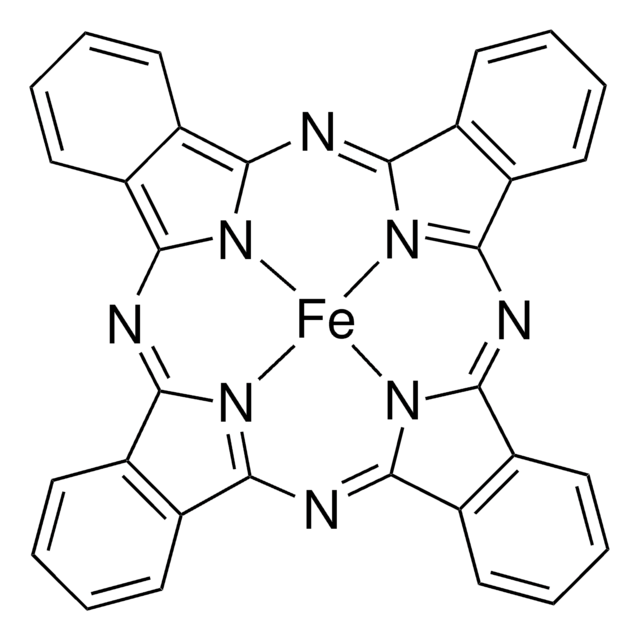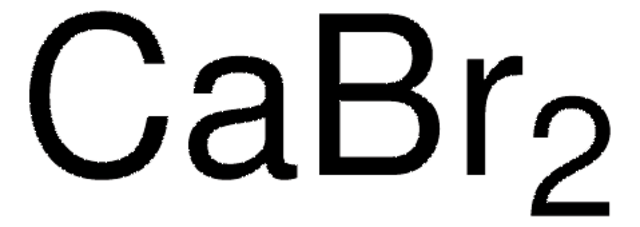429422
Yoduro de potasio
AnhydroBeads™, −10 mesh, 99.998% trace metals basis
Sinónimos:
Potassium monoiodide
About This Item
Productos recomendados
vapor pressure
1 mmHg ( 745 °C)
Quality Level
product line
AnhydroBeads™
assay
99.998% trace metals basis
form
beads
particle size
−10 mesh
mp
681 °C (lit.)
SMILES string
[K+].[I-]
InChI
1S/HI.K/h1H;/q;+1/p-1
InChI key
NLKNQRATVPKPDG-UHFFFAOYSA-M
¿Está buscando productos similares? Visita Guía de comparación de productos
Categorías relacionadas
Legal Information
¿No encuentra el producto adecuado?
Pruebe nuestro Herramienta de selección de productos.
For use with
signalword
Danger
hcodes
Hazard Classifications
STOT RE 1 Oral
target_organs
Thyroid
Storage Class
6.1D - Non-combustible acute toxic Cat.3 / toxic hazardous materials or hazardous materials causing chronic effects
wgk_germany
WGK 3
ppe
Eyeshields, Gloves, type N95 (US)
Elija entre una de las versiones más recientes:
¿Ya tiene este producto?
Encuentre la documentación para los productos que ha comprado recientemente en la Biblioteca de documentos.
Los clientes también vieron
Nuestro equipo de científicos tiene experiencia en todas las áreas de investigación: Ciencias de la vida, Ciencia de los materiales, Síntesis química, Cromatografía, Analítica y muchas otras.
Póngase en contacto con el Servicio técnico










